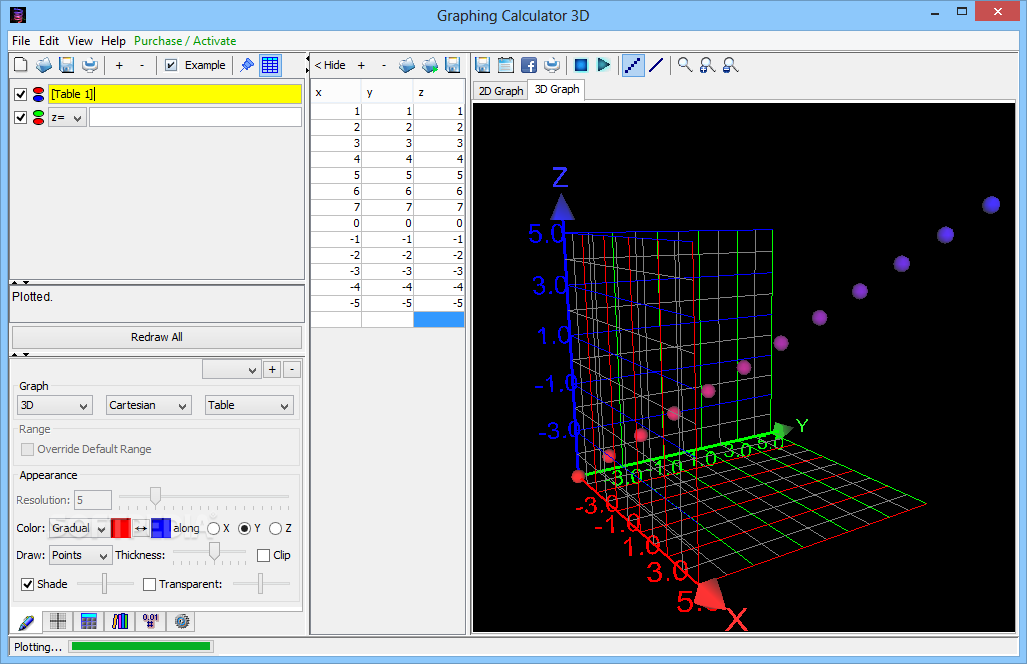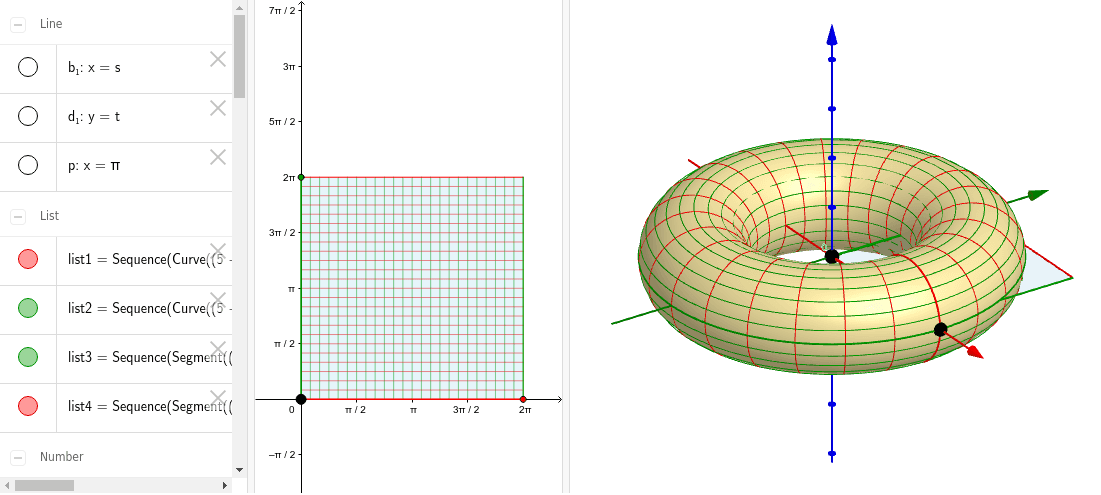

The two dependent variables and the parameter are known as a parametric equation.

X and Y, in this case, are the dependent variables, while t, which will eventually determine how the two variables will move, is the parameter. The dependent variables are only defined by the parameter t and will move with respect to it. What Are Parametric Equations?Ī parametric equation is a special equation with an independent variable called the parameter, denoted as t defines some dependent variables such that they become continuous functions. All of these will be considered in this piece. Your focus should be on how understanding what it is as a theory and where it can be applied. The calculations are extremely easy and straightforward, and the examples in this article will highlight that. In general, it is important to know that the parameter t and its influence in making normal continuous equation parametric equations is not a problem you will need to deal with often in your mathematics journey. As such, it is important to understand more about the parameter t. Parametric equations are also used in solving issues relating to three-dimensional spaces and bigger dimensions. So why do we need to compute ordinary equations in the eye of a new variable known as a parameter? The simple answer is that the parameter t makes it much easier to compute certain problems whose solutions would be impossible to find without the parameter.įor example, parametric equations can be used to describe the curve of a Cartesian plane that, under normal circumstances, can’t be defined. It is actually just the graphing of a continuous equation or equations based on a parameter t. The parametric equation is not technical to compute.

BFM.When you hear about Parametric equations, what exactly comes to your mind? A mathematical calculation that is difficult? Well, we have good news. If you have any questionsor comments please email me from my home page. From this there are other questions to consider: I) How will we move the center of these curveshorizontally? II) How will move the center of these curvesvertically? III) Will a period change of these two functionscause any change? With an adequate graphing program or calculatorsthese ideas can easily be investigated. This family of parametric equations is interesting and much visuallynicer to look at in terms of equations then that of the traditionaly = equation. Lookingat different values of b we can see this idea of a vertical stretchto remain constant. Graphically: Which is indeed what we expected. Consider: Clearly, x will be in the interval and y will be in the interval. Now if we let b become largerwe might see an ellipse that stretches in the vertical directionby a magnitude of b. We notice in the range of a values 1,2,3,and 4, we start with the unit circle and with each growing valueof a we see a stretch in each horizontal direction by a magnitudeof a.ĬASE III: a b we get an ellipse that stretches horizontally along the x-axisby a magnitude of "a". If we continueto let a grow we should just obtain a larger "stretch"of the ellipse. The greater value of a actually stretched thecircle out on unit in the horizontal direction. With that in mind we should not obtain a circleas a curve. Consider: Analyzing this equation should tell us thatx should be in the interval and the y should be in theinterval. This write-up is intended to familiarizethe reader with parametric equations and what certain parameterscontrol on certain parametric equations.Ĭonsiderthe parametric equation: for t in the interval 0 b, and CASE III: a b From our talk about domain and range earlierwith our first look at these parametric equations we see thatthe values of a and b control the range of values for x and y.In fact in terms of (x,y) the a controls the domain and the bcontrols the range. Graphing Calculator 2.7 or xFunction for what is probably thefriendliest software.įor this investigationwe will be using Graphing Calculator 3.1 to illustrate variousparametric equations. Various graphing technology, such as the TI-81, TI-82, TI-83,TI-85, TI-86, TI-89, TI- 92, Ohio State Grapher, xFunction, Theorist,Graphing Calculator 2.1, and Derive, can be readily used withparametric equations. In manyapplications, we think of x and y "varying with time t"or the angle of rotation that some line makes from an initiallocation. The extent of the curve will depend on the range oft and your work with parametricĮquations should pay close attention the range of t. James Wilson's Web Page: A parametric curve in the plane is a pair of functions where the two continuous functions define ordered pairs (x,y).The two equations are usually called the parametric equationsof a curve.


 0 kommentar(er)
0 kommentar(er)
